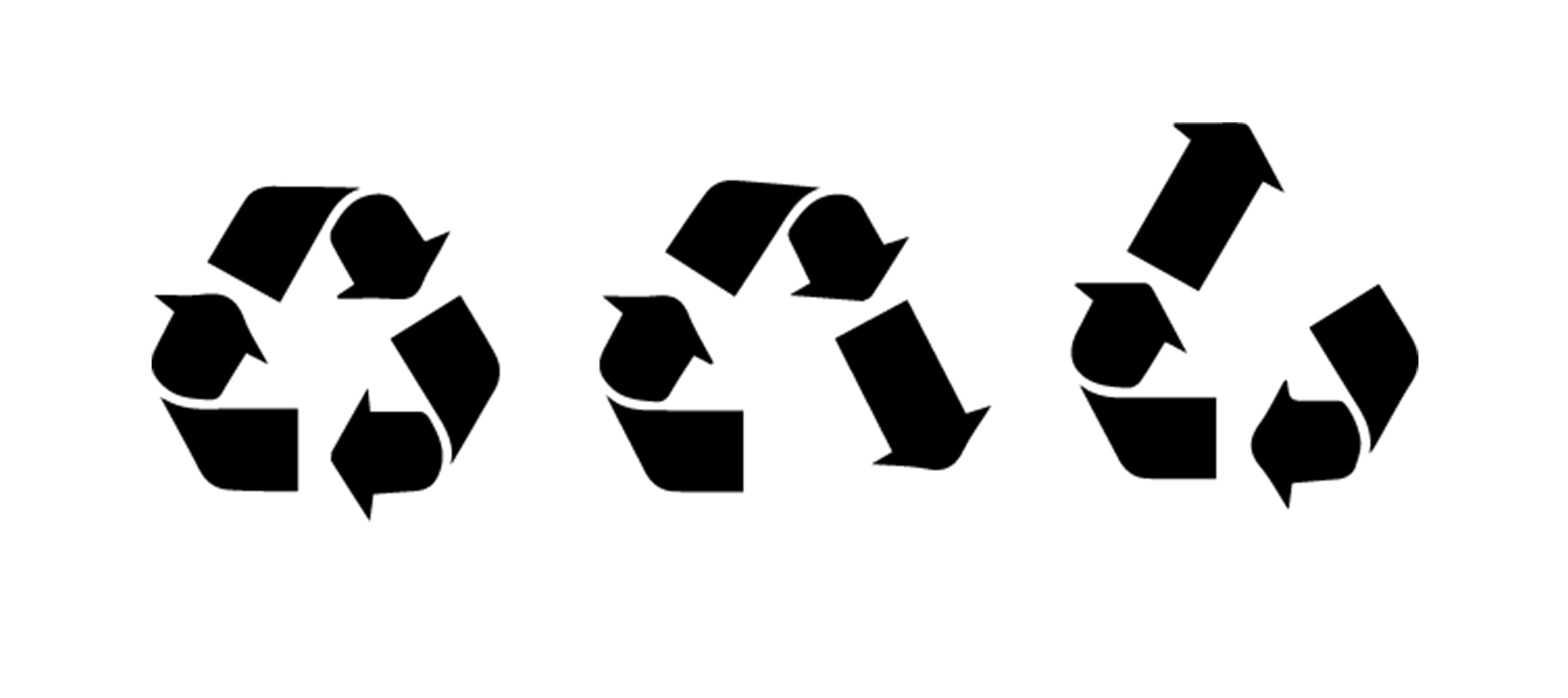
The Difference Between Upcycling, Recycling and Downcycling
In this article, we’ll help you to understand the differences and benefits of upcycling vs recycling vs downcycling to help you understand how to best repurpose your waste as well as help you make more sustainable choices when shopping.
Each year, we extract an estimated 60 billion tons of natural resources from the Earth. These resources are necessary for life - they give us energy for heat and electricity, wood for furniture and building, cotton for clothing, and food and water to sustain us. However, the rate we are consuming these resources is unsustainable, and we need to find circular solutions to reuse them.
One of the ways we can do this is by reusing and recycling waste materials, giving them new life and new opportunities to enter the economy. Along with minimising the waste of potentially useful materials, recycling can reduce the need for new raw materials to produce goods, thereby reducing energy usage, air pollution from incineration, and water pollution from landfill.
The term recycling describes the general process of converting waste materials into new materials and objects; however, when we dive deeper into the approaches of the recycling process, we can break them down into Recycling, Downcycling and Upcycling.
RECYCLING
Recycling uses waste materials and remakes them into a new product of the same value.
A good example of this is aluminium, which can be recycled over and over again without diminishing the quality. However, it is worth noting that recycling often relies on the use of chemical and mechanical procedures to break down fibres before they can be made into new products and then further processes to transform the raw material into a new product, thus recycling on energy consumption and pollution.
The recyclability of a material depends on its ability to reacquire the properties it had in its virgin or original state, so depending on how the original product was made, not all products are recyclable. Also, if a product or garment is made from mixed materials or fabrics, it can’t be recycled as no recycling centre has the machines or human resources to separate these materials.
DOWNCYCLING
Downcycling is the process of turning something into a product of lesser value.
In fact, most of what we consider to be recycling is actually downcycling. The reason that many products downcycle rather than recycle is that the nature of the material cannot prevent it from retaining its former durability once reprocessed, and therefore it cannot be inserted into its original cycle. For example, discarded textiles can be broken down and shredded into yarn and then used to create a lower-valued fabric or turned into non-woven textiles such as building insulation, rags, or even carpet padding.
UPCYCLING
Upcycling is to reuse discarded clothing, objects and materials in their current form, creating a product of higher quality or value than the original components.
As upcycling doesn’t need any additional resources for the materials to become a new product, it can double the life expectancy of a garment while avoiding any further environmental impact making it the most sustainable method. Plus, along with prolonging the life of materials, after an upcycled product has finished its lifecycle, it can then be downcycled, keeping the life cycle going.
Though some forms of recycling are more valuable than others, any form of reusing materials and fabric, whether it's upcycling, downcycling or recycling, is good for the environment.
14th February 2023